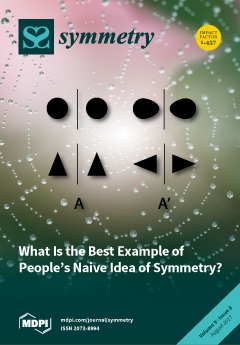The review is devoted to exact solutions with hidden symmetries arising in a multidimensional gravitational model containing scalar fields and antisymmetric forms. These solutions are defined on a manifold of the form
M =
M0 x
M1 x . . . x
Mn , where all
Mi with
i >= 1 are fixed Einstein (e.g., Ricci-flat) spaces. We consider a warped product metric on
M. Here,
M0 is a base manifold, and all scale factors (of the warped product), scalar fields and potentials for monomial forms are functions on
M0 . The monomial forms (of the electric or magnetic type) appear in the so-called composite brane ansatz for fields of forms. Under certain restrictions on branes, the sigma-model approach for the solutions to field equations was derived in earlier publications with V.N.Melnikov. The sigma model is defined on the manifold
M0 of dimension
d0 ≠ 2 . By using the sigma-model approach, several classes of exact solutions, e.g., solutions with harmonic functions,
S-brane, black brane and fluxbrane solutions, are obtained. For
d0 = 1 , the solutions are governed by moduli functions that obey Toda-like equations. For certain brane intersections related to Lie algebras of finite rank—non-singular Kac–Moody (KM) algebras—the moduli functions are governed by Toda equations corresponding to these algebras. For finite-dimensional semi-simple Lie algebras, the Toda equations are integrable, and for black brane and fluxbrane configurations, they give rise to polynomial moduli functions. Some examples of solutions, e.g., corresponding to finite dimensional semi-simple Lie algebras, hyperbolic KM algebras:
H2(q, q) , AE3, HA(1)2, E10 and Lorentzian KM algebra
P10 , are presented
.
Full article





